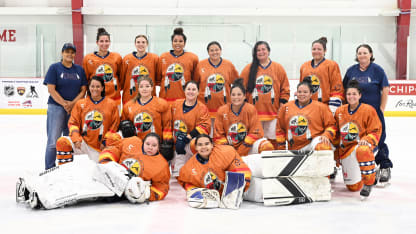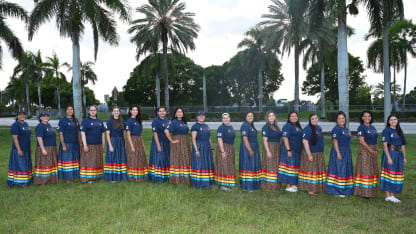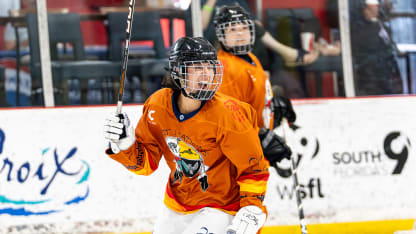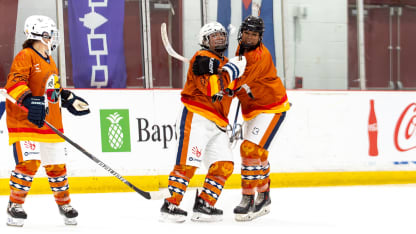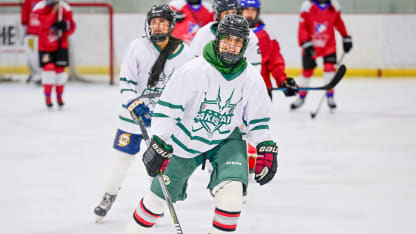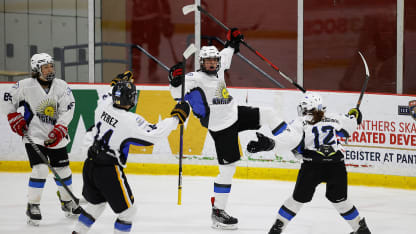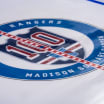CORAL SPRINGS, Fla. -- The first women’s First Nations team to compete at the Amerigol LATAM Cup recorded another tournament first when they faced Team Caribbean on Monday.
“Never before has sage been burned before a game,” team organizer Karen Ota-O’Brien said.
The burning near the bench, a ritual to purify the body and mind, is one of the traditions that the women’s Division II team, which consists of players who represent 12 First Nations in Canada and the United States, have brought to the LATAM Cup at the Florida Panthers IceDen and Palm Beach Skate Zone in Wellington, Florida.
The team’s 13 skaters and two goalies also wear traditional ribbon skirts, which represent strength, identity, resilience and pride among some nations, to and from the rink for games.
Adding to that, they brought their A-game to the LATAM Cup. First Nations is 2-1 after a 7-1 win against Pakistan on Tuesday.
“Part of the reason why I started this was to learn more about my ancestry,” said Ota-O’Brien, who is of Japanese and Simpcw First Nation heritage. “And I really wanted to bring exposure to our community and what better way to do it than through the game of hockey?”
